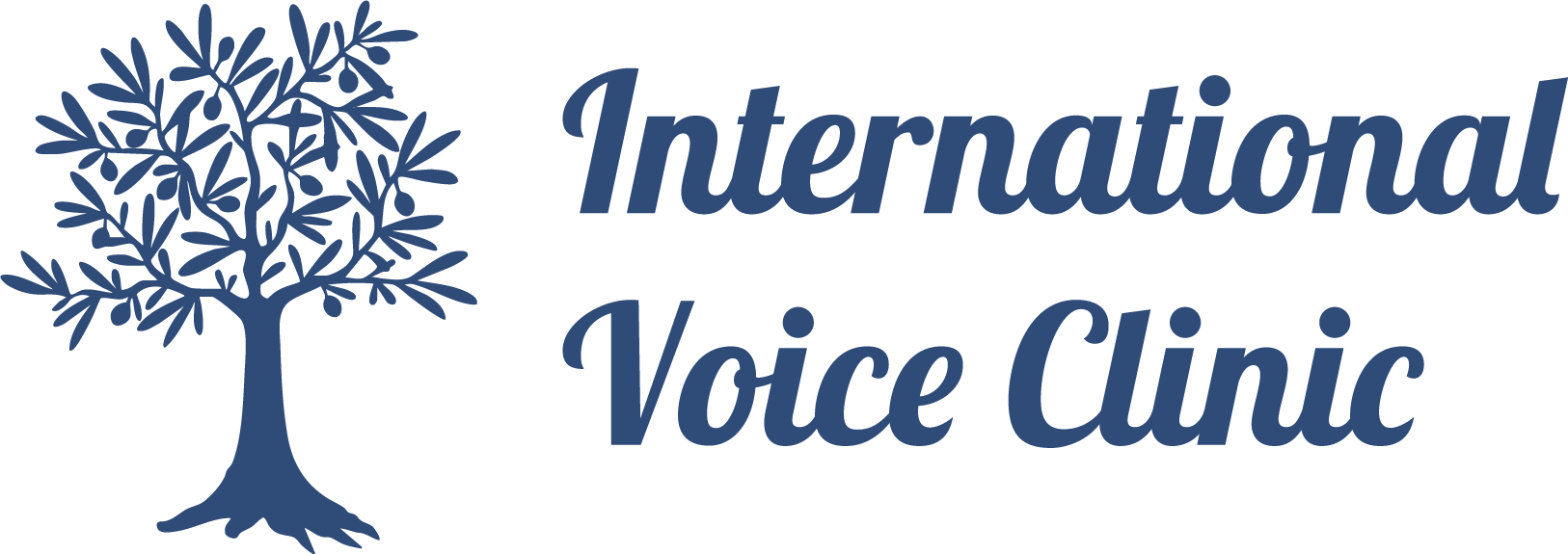Voice Therapy Approaches
Any problem during voice production can lead to distortion of the voice. In this case, the approaches in sound therapy, which is one of the treatment methods applied to restore the sound production system to a healthy, effective and economical use, can be roughly divided into four:
- Hygienic
- Symptomatic
- Psychogenic
- Physiological
Hygienic Sound Therapy
Hygienic voice therapy is often the first step in many voice therapies. Voice hygiene aims to gradually adopt healthy vocal behaviors. This therapy is more behavior-focused, i.e. it involves identifying and helping the person to recognize harmful vocal habits through misuse or abuse of one's voice, or both. However, this method of therapy may not always produce results on its own.
Symptomatic Voice Therapy
The focus of symptomatic voice therapy is to change the individual's vocal symptoms. It represents a change approach to specific dysphonia symptoms. However, the line between symptoms and causes can sometimes become blurred or intertwined in this approach. The question of whether to focus on correcting the voice disorder or on compensatory behaviors that develop as a consequence of the voice disorder can sometimes be complex. Depending on the relationship of symptoms to breathing, phonation and resonance, different interventions may be possible.
Psychogenic Voice Therapy
Psychogenic voice therapy focuses on identifying and modifying the emotional and psychological problems associated with the onset and persistence of the voice problem. When the psychological causes are resolved, the voice disorder disappears. Therefore, the primary goal is to identify and treat the psychosocial causes that lead to changes in voice behavior.
Physiological Voice Therapy
Physiological voice therapy aims to directly correct or modify the physiology of the vocal mechanism. Normal voice production is based on the normal function and balance of the respiratory, phonation and resonance systems - i.e. their anatomy and physiology. The causes that disturb this balance can be mechanical, neurological or psychological. In physiological voice therapy, identifying the cause of the voice problem is not the focus of the therapy. The focus of therapy is on changing the incorrect physiological activity in the respiratory, phonation and resonance systems through exercise and manipulation.





